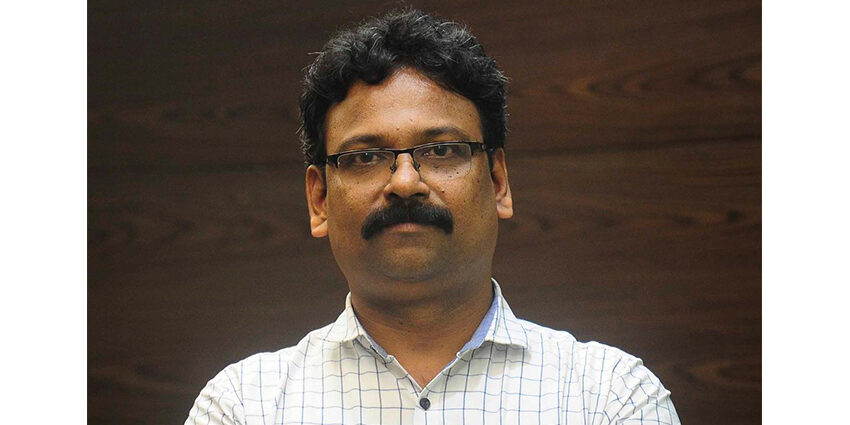Mumbai-based senior journalist Anto T Joseph is a writer, columnist and former Managing Editor of DNA. He has also worked with The Economic Times, The Guardian and Deccan Chronicle Group.
Anto T Joseph shared his opinions on newspapers in the post-COVID era, falling newspaper readership and circulation. He said that many newspapers’ delivery rates were declining earlier. Due to the pandemic, a much bigger mess has been created resulting in the fall of newspapers.
He also added that the top 10 newspapers in India have experienced fall in numbers. Dainik Jagran and Dainik Bhaskar, known to be the largest circulating newspapers in the world, have also witnessed a fall in circulation.
He added that it’s a tough time to garner advertising revenues subject to the decline in GDP. Thus, people are not buying what they used to buy. Due to the emergence of digital media, traditional print media is declining. Therefore, the advertising campaigns are not being run on traditional media as the audience density on the given platform has decreased over time.
The INS (Indian Newspaper Society) said that e-papers in portable document formats (pdf) are not going to be free. So, INS plans to make changes in their business model to generate revenues by annual or monthly subscriptions. There is a huge growth in digital media.
Speaking on whether print journalists can transform into digital journalists and will they be suitable and what are the new skills that are required, Joseph said, “Newspaper is dead. Many media firms and journalists have already turned to the digital platform.”
He added, “If you are a reporter, then you have to do the same thing even in digital media because fundamentals never change.” He also added that for the sub-editors, who are new to the digital world, have to know the audience and create effective and powerful headlines. What will be the future of freelance writers was another question to which he said, “The writing habits are declining due to the addictive impact of digital electronics. Earlier, freelance writers and independent journalists used to get paid well. In recent years though, the pay has also dropped drastically. The emergence of digital media has also created a huge opportunity for content writers. So, is digital the way forward? To understand this, it is important to understand as to what is digital?”
Joseph said that many digital platforms are also facing the same problem – The Quint, indiatimes.com and many other online media platforms facing problems in terms of generating revenues because in online platforms, generating revenues is a long process.
So, to understand the future of Digital Media, he used a SWOT analysis. It created strengths and opportunities for new and old firms going digital. There are many benefits of the digital platform – it is available in different formats for different devices. The target audience is known and revenues models are followed i.e. by rising subscription and premium package, additional benefits are given to the readers. For weaknesses and threats, he said that being at the developing stage it will take time, and some are doing very well. The competition has also increased due to the high traffic of the audience on the digital platform.
The author, Sabir Alam is is associated with Adamas University Media School.







